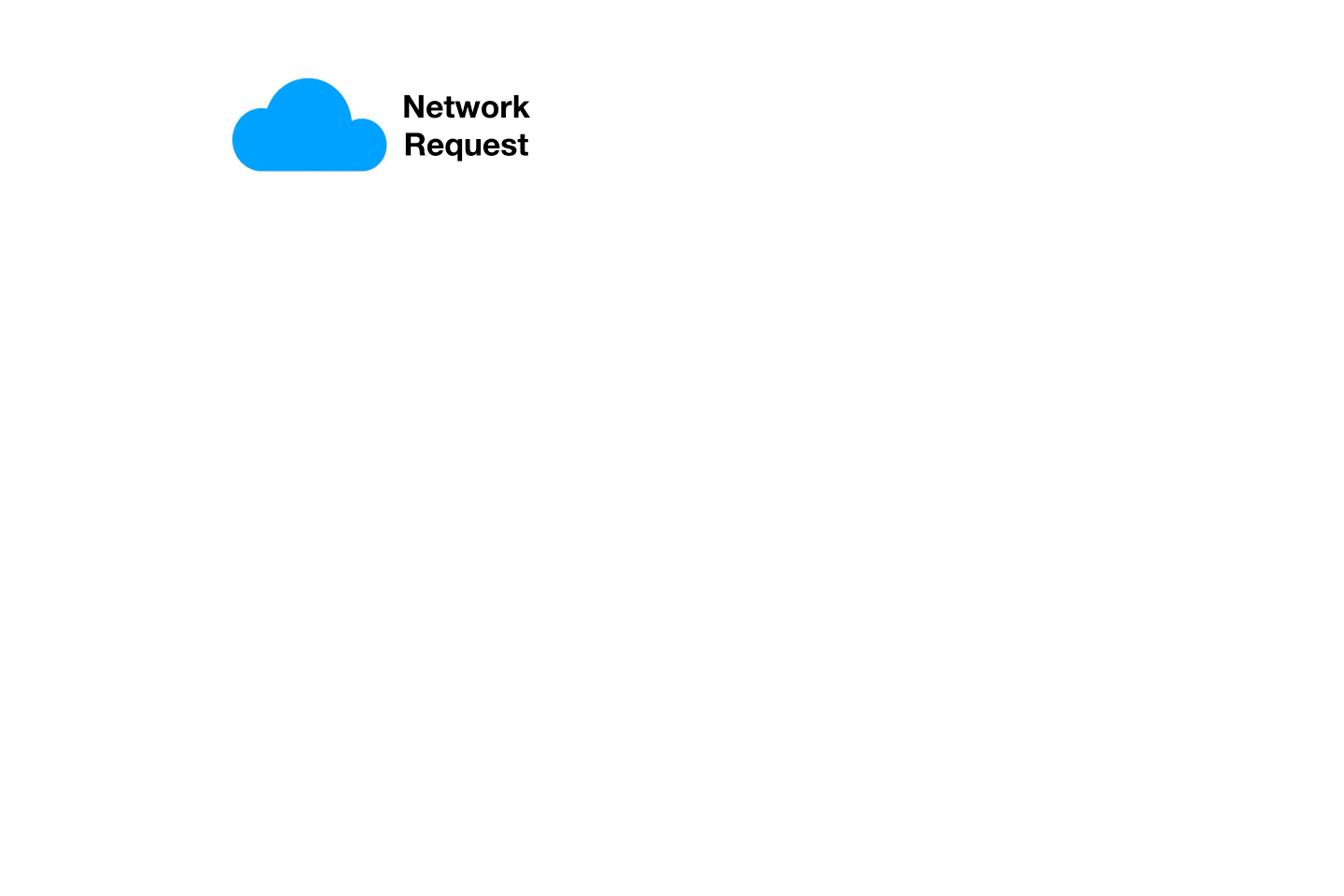What exactly Kubernetes Services are and how they are different from Deployments
After reading thru Kubernetes documents like this, deployment , service and this I still do not have a clear idea what the purpose of service is.
It seems that the service is used for 2 purposes:
- expose the deployment to the outside world (e.g using LoadBalancer),
- expose one deployment to another deployment (e.g. using ClusterIP services).
Is this the case? And what about the Ingress?
------ update ------
Connect a Front End to a Back End Using a Service is a good example of the service working with the deployment.
Similar Questions
3 Answers
What is a Service in Kubernetes?
A Service enables network access to a set of Pods in Kubernetes.
Services select Pods based on their labels. When a network request is made to the service, it selects all Pods in the cluster matching the service's selector, chooses one of them, and forwards the network request to it.
Kubernetes Service vs Deployment
What's the difference between a Service and a Deployment in Kubernetes?
A deployment is responsible for keeping a set of pods running.
A service is responsible for enabling network access to a set of pods.
We could use a deployment without a service to keep a set of identical pods running in the Kubernetes cluster. The deployment could be scaled up and down and pods could be replicated. Each pod could be accessed individually via direct network requests (rather than abstracting them behind a service), but keeping track of this for a lot of pods is difficult.
We could also use a service without a deployment. We'd need to create each pod individually (rather than "all-at-once" like a deployment). Then our service could route network requests to those pods via selecting them based on their labels.
Services and Deployments are different, but they work together nicely.
What is an Ingress?
In Kubernetes, an Ingress is an object that allows access to your Kubernetes services from outside the Kubernetes cluster. You configure access by creating a collection of rules that define which inbound connections reach which services.
This lets you consolidate your routing rules into a single resource. For example, you might want to send requests to example.com/api/v1/ to an api-v1 service, and requests to example.com/api/v2/ to the api-v2 service. With an Ingress, you can easily set this up without creating a bunch of LoadBalancers or exposing each service on the Node.
Which leads us to the next point…
Kubernetes Ingress vs LoadBalancer vs NodePort
These options all do the same thing. They let you expose a service to external network requests. They let you send a request from outside the Kubernetes cluster to a service inside the cluster.
NodePort
NodePort is a configuration setting you declare in a service’s YAML. Set the service spec’s type to NodePort. Then, Kubernetes will allocate a specific port on each Node to that service, and any request to your cluster on that port gets forwarded to the service.
This is cool and easy, it’s just not super robust. You don’t know what port your service is going to be allocated, and the port might get re-allocated at some point.
LoadBalancer
You can set a service to be of type LoadBalancer the same way you’d set NodePort — specify the type property in the service’s YAML. There needs to be some external load balancer functionality in the cluster, typically implemented by a cloud provider.
This is typically heavily dependent on the cloud provider—GKE creates a Network Load Balancer with an IP address that you can use to access your service.
Every time you want to expose a service to the outside world, you have to create a new LoadBalancer and get an IP address.
Ingress
NodePort and LoadBalancer let you expose a service by specifying that value in the service’s type. Ingress, on the other hand, is a completely independent resource to your service. You declare, create and destroy it separately to your services.
This makes it decoupled and isolated from the services you want to expose. It also helps you to consolidate routing rules into one place.
The one downside is that you need to configure an Ingress Controller for your cluster. But that’s pretty easy—in this example, we’ll use the Nginx Ingress Controller.
Service
A deployment consists of one or more pods and replicas of pods. Let's say, we have 3 replicas of pods running in a deployment. Now let's assume there is no service. How does other pods in the cluster access these pods? Through IP addresses of these pods. What happens if we say one of the pods goes down. Kunernetes bring up another pod. Now the IP address list of these pods changes and all the other pods need to keep track of the same. The same is the case when there is auto scaling enabled. The number of the pods increases or decreases based on demand. To avoid this problem services come into play. Thus services are basically programs that manages the list of the pods ip for a deployment.
And yes, also regarding the uses that you posted in the question.
Ingress
Ingress is something that is used for providing a single point of entry for the various services in your cluster. Let's take a simple scenario. In your cluster there are two services. One for the web app and another for documentation service. If you are using services alone and not ingress, you need to maintain two load balancers. This might cost more as well. To avoid this, ingress when defined, sits on top of services and routes to services based on the rules and path defined in the ingress.



